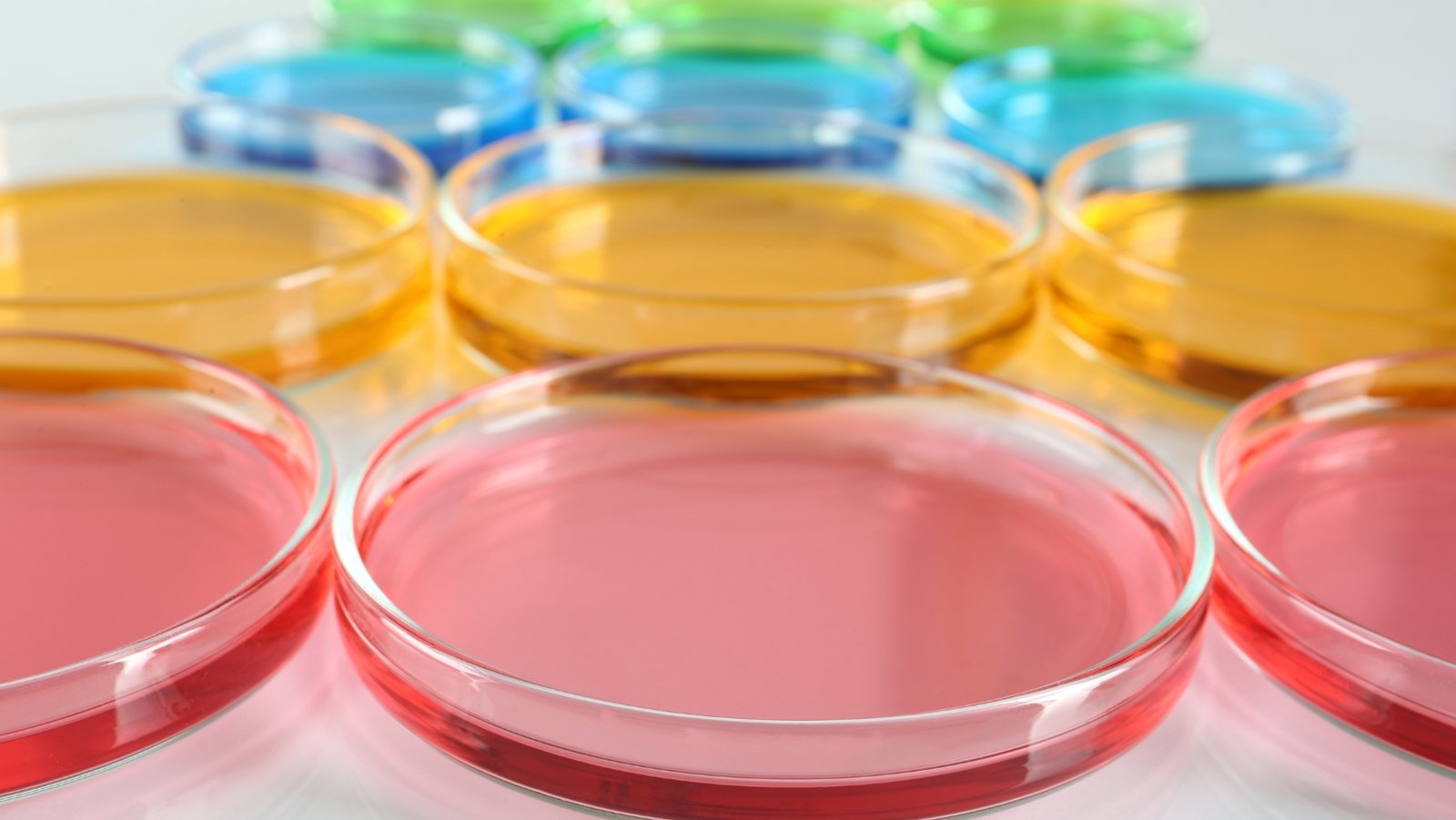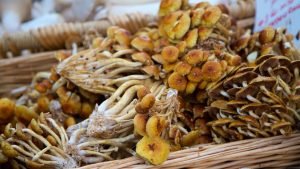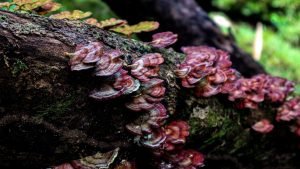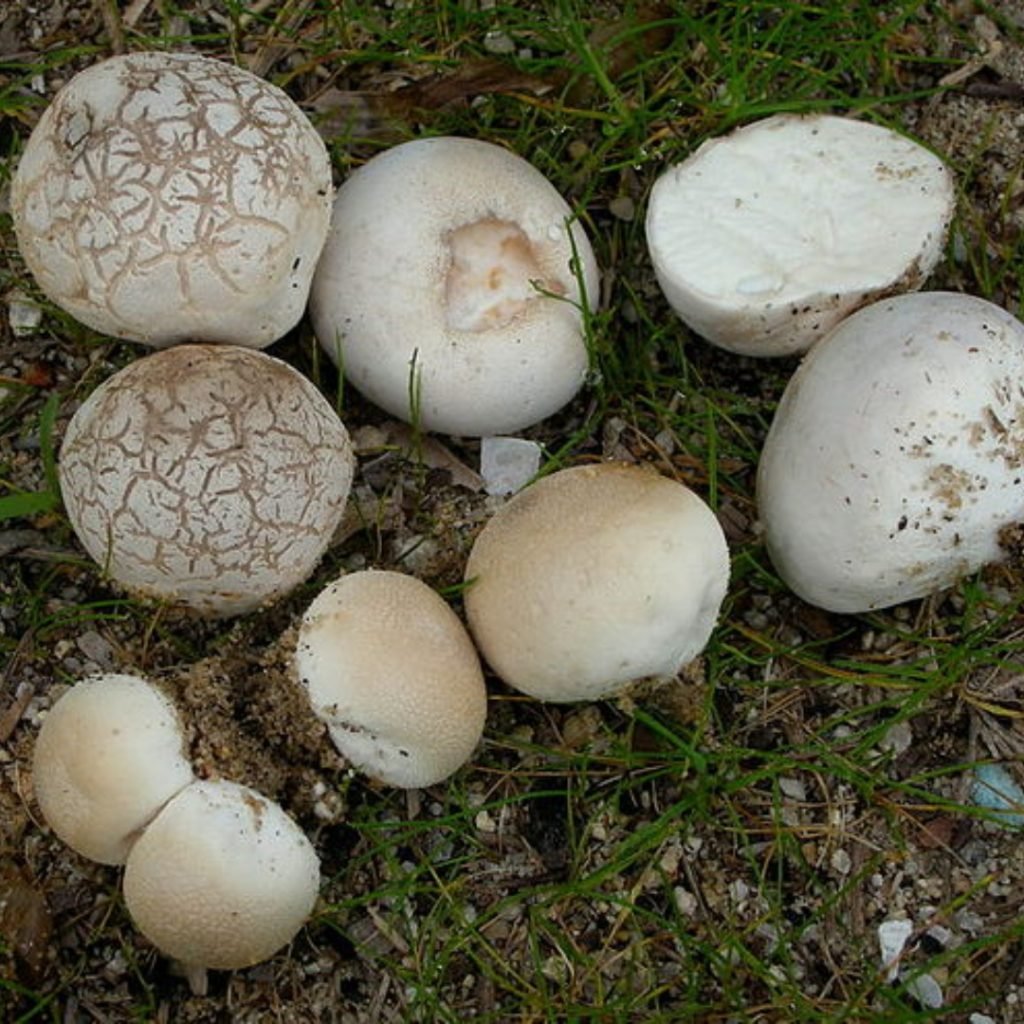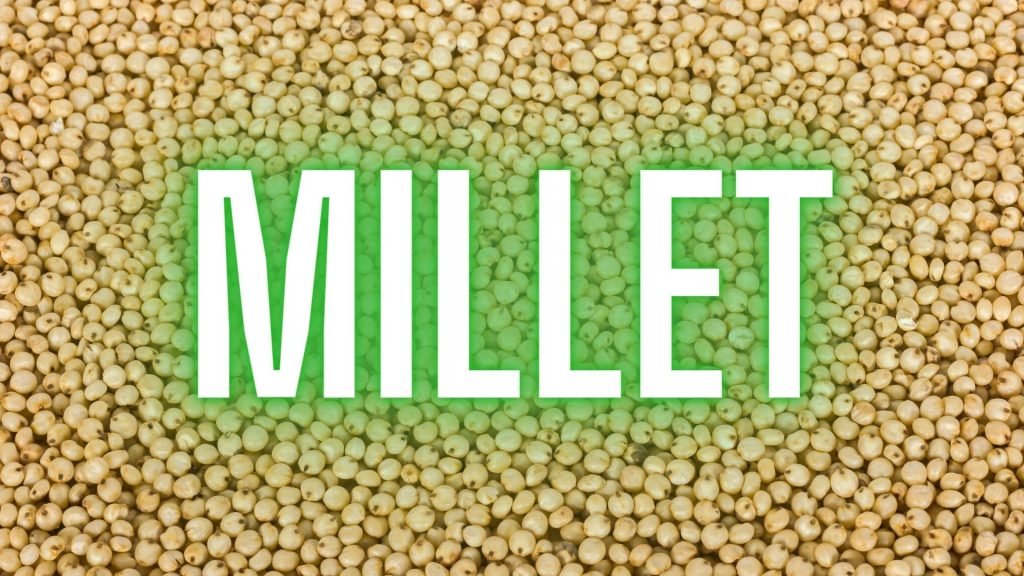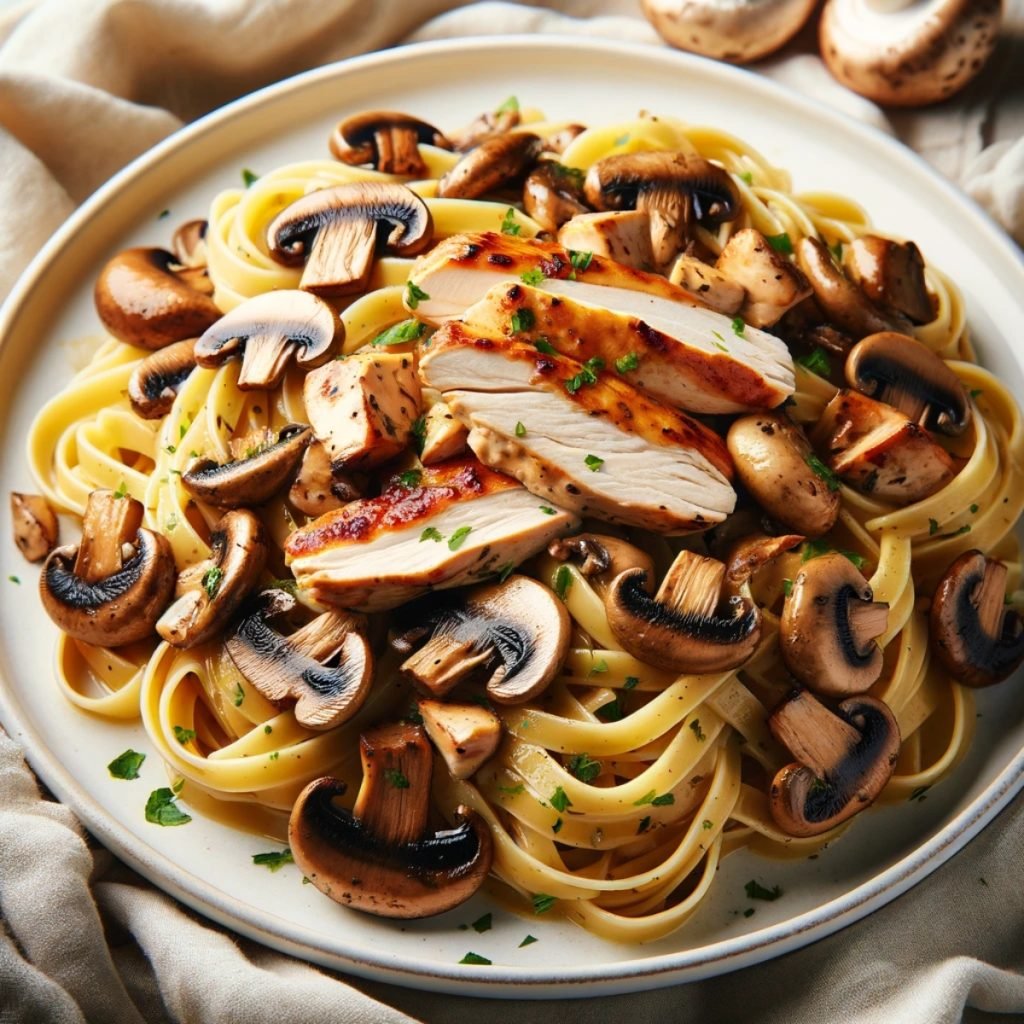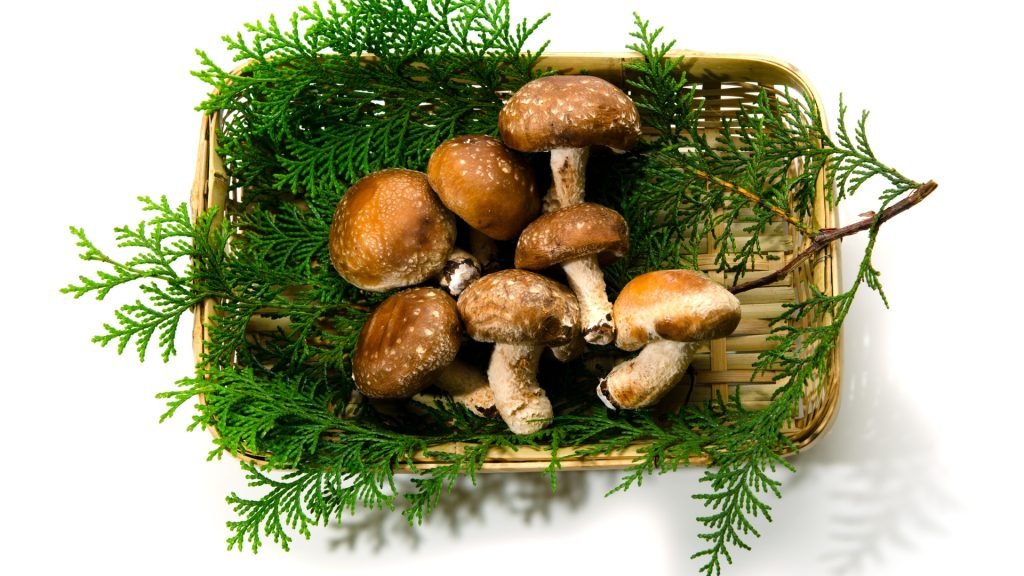Mycologists around the globe utilize a spectrum of techniques to study, propagate, and manipulate fungi. Among these techniques, agar-based cultivation has been a staple method due to its reliability and versatility. Agar, a gelatinous substance obtained from certain species of red seaweed, provides a nutrient-rich medium supporting the vegetative growth of fungi, the mycelium.
In the spirit of experimental mycology, practitioners have found value in incorporating various additives into agar media, notably including dyes like food coloring. These substances, while not affecting the nutritional composition of the agar, can influence the visual properties of the growth medium, and potentially the behavior and growth rate of the mycelium itself.
The Impact of Dyes on Mycelium:
The introduction of dyes to a fungal growing medium can lead to varying effects on mycelium. The outcomes are influenced by a variety of factors: the specific dye utilized, its concentration, the species of the fungus, and the overall cultivation conditions. The intriguing case of Erythrosine – a cherry-pink food coloring otherwise known as Red#3 – and its effect on mycelial growth, has sparked curiosity among mycologists. Anecdotal reports suggest that Erythrosine in agar media might negatively affect mycelial development, causing irregular, stunted, or sporadic growth.
Erythrosine: A Fungicidal Compound?
Erythrosine is an artificial red food coloring derived from coal tar. It is an organic compound incorporating iodine and sodium. While commonly used in food products for its vibrant hue, preliminary research indicates that Erythrosine may possess natural fungicidal properties. If true, this characteristic could account for the observed disruption in mycelial growth when used in agar media.
However, it is essential to note that the body of scientific literature supporting these observations remains sparse. While anecdotal evidence might suggest benefits to this method, mycologists seeking to reproduce these results should do so with an experimental mindset, acknowledging the lack of comprehensive, peer-reviewed research on this specific topic.
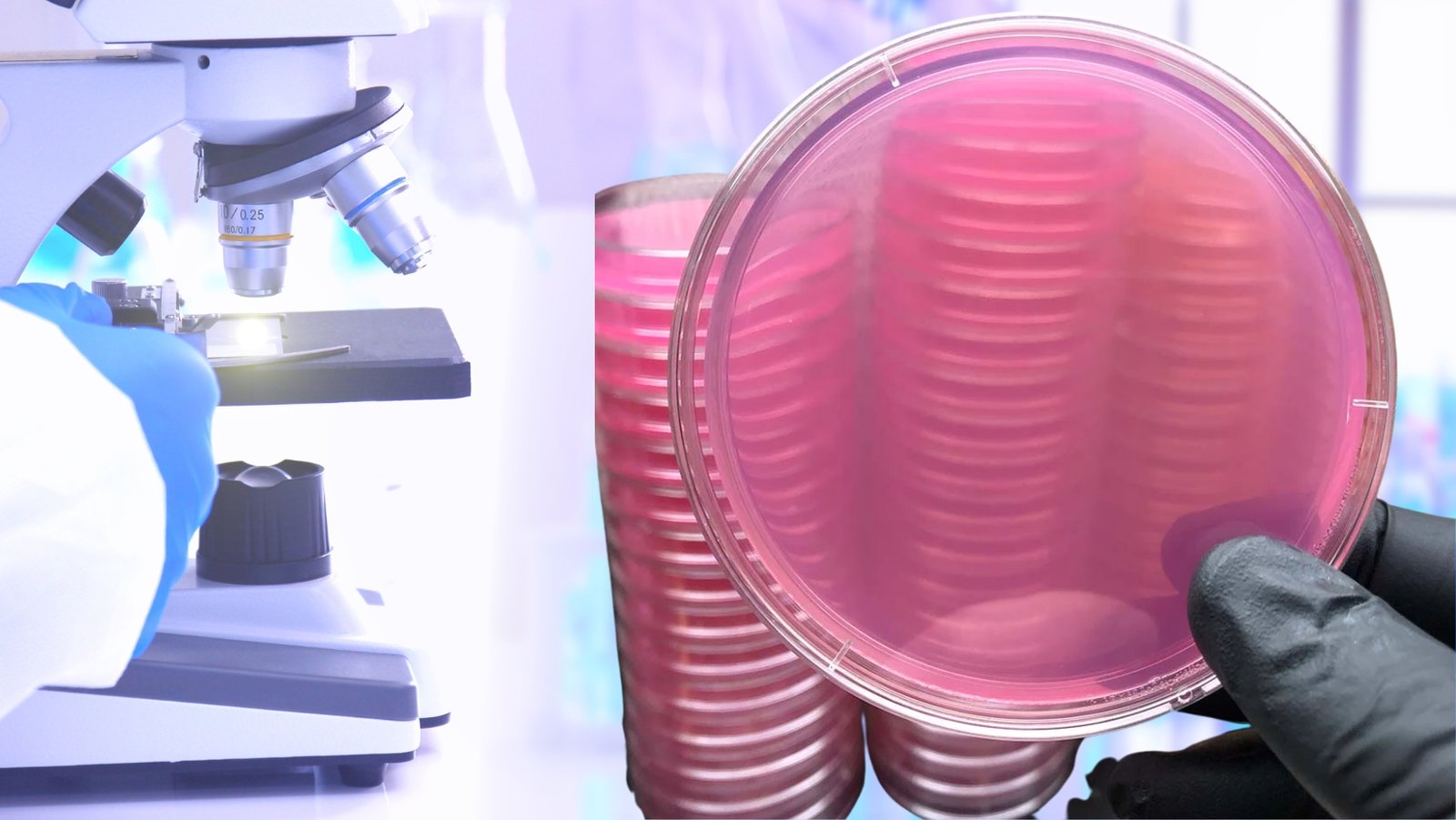
The Experiment: An Observational Journey
An experiment the 🍄 Mushroom Network recently recreated was conducted using agar plates dyed with various food colorings to understand their impact on mycelial growth. The agar used was a mix of 20g agar agar, 12.5g Light Malt Extract, and 1,000ml of distilled water, with three color variations: Wilton Neon Gel “Magenta” (containing Erythrosine), “Teal,” and organic charcoal powder.
The samples were taken from healthy-looking growth, ensuring uniformity in size and shape, and stored in a manner that provided similar light and temperature conditions.
Our Findings:
Throughout the course of the experiment, regular updates showcased noticeable differences in the growth rate between the red plates and other dishes. By day six, it was evident that the plates containing Erythrosine (Red#3) had slower or even halted growth compared to the other plates. No significant differences were noted between the growth on blue and black plates.
The experiment further expanded to include other colors such as purple, which contains both Red#40 and Red#3, orange, and plates without any coloring.
Implications:
The findings point to a correlation between Erythrosine and inhibited mycelial growth. This provides valuable insights for mycologists, suggesting caution when using red food coloring containing Erythrosine in agar media for fungal cultivation.
Interestingly, further inquiries emerged from these findings. Does the Red#3 affect further transfers off of it? Will the mycelium recover if transferred to another color? Also, the potential variation in Erythrosine concentration among different brands, both gel and non-gel coloring, might impact the mycelial growth.
Other Dye Applications in Mycology:
Beyond red food coloring, a variety of other dyes have been more extensively explored in mycological studies. Methylene blue, for example, has demonstrated its ability to retard the growth of specific fungal species. Conversely, other dyes like Congo red and aniline blue are incorporated into scientific research due to their properties that enhance the visualization of fungal cell walls under microscopic examination.
A study published in the peer-reviewed journal Mycologia explored the impact of several dyes, including Congo red, on six distinct species of fungi. The researchers noted changes in fungal growth and morphology in response to the introduced dyes. Some species exhibited stimulated growth, while others were inhibited.
Yet, these dyes are not commonplace in gourmet or home mushroom cultivation due to their potential toxicity and availability.
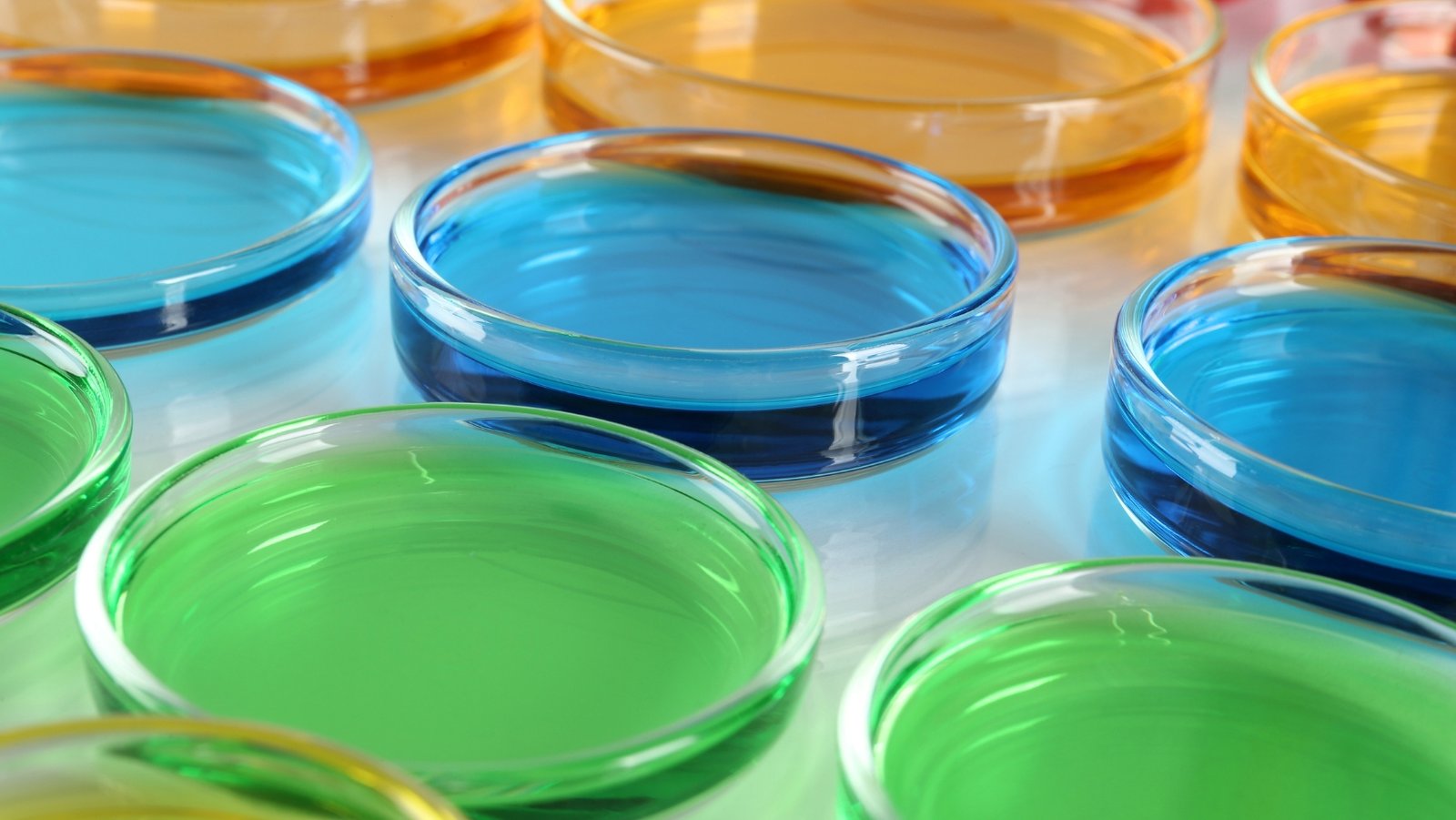
Stiffness of Agar: An Intriguing Observation
In a related exploration, observations indicated that mycelial growth patterns might be affected by the stiffness of the agar. A theory has been proposed that rhyzomorphic growth is mostly triggered by how far mycelium can penetrate the medium. The softer the agar, the more it will show tomentose growth, while the stiffer the agar, the more it will be rhyzomorphic.
Experiments using different agar recipes with varying amounts of nutrients and stiffness are being undertaken to investigate this hypothesis. Initial findings suggest no clear differentiation between different plates. However, as these tests continue, additional light may be shed on the influence of agar stiffness on mycelial growth.
Conclusion and Recommendations for Further Exploration:
Dyes present an intriguing adjunct to traditional mycological agar cultivation methods. They offer opportunities to enhance visualization of cultures and may influence mycelial behavior and growth. However, the field requires further in-depth research, especially concerning the use of food coloring in mycological applications.
Mycologists interested in experimenting with dye additives should approach the practice with caution, weighing potential risks against their intended benefits. Standard cultivation practices, including maintaining sterile technique and optimal environmental conditions, remain the bedrock of successful mycelium cultivation.
While the addition of substances like red food coloring to agar media can provide intriguing experimental opportunities, they are by no means a necessity for successful mushroom cultivation. Traditional agar recipes utilizing nutrients like malt extract or potato dextrose continue to serve as effective, reliable options for cultivators of all experience levels.
Exploring the impact of Erythrosine and agar stiffness on mycelial growth illustrates the complexity of fungal cultivation and the myriad factors that influence it. The research underlines the importance of maintaining curiosity, a rigorous scientific approach, and a willingness to explore and challenge prevailing hypotheses in mycology. As we continue to delve deeper into the world of fungi, the journey remains as fascinating as the findings, each experiment unlocking a new layer of understanding.
Recommended Reads:
Nameko: The Glistening Gem of Japanese Cuisine
Long celebrated in Japanese culinary traditions, Nameko mushrooms, with their distinct slimy texture and golden...
Read More...Unlocking the Nutritional Secrets of the Chestnut Mushroom
Step into the world of Pholiota Adiposa, commonly known as the Chestnut Mushroom, a gastronomic...
Read More...Exploring the Medicinal Properties of Red Reishi
Our expedition today navigates the therapeutic realms of the Red Reishi, the “Mushroom of Immortality.”...
Read More...Song – “What Is A Patron”
🎤 “What is a Patron?” 🎤 Verse 1:What is a Patron? Let me think for...
Read More...Whoa there, Spore Sport! 🍄 Looks like you’re not logged in yet. Don’t you know what you’re missing? MYCO-CREDITS! Imagine all the fungal fun you could have. It’s like finding a Morel in May and not picking it. Tragic, right? Log In or Become a Myco-Patron and start racking up those credits. It’s more rewarding than finding a mushroom in your backyard! 🌟🏡

